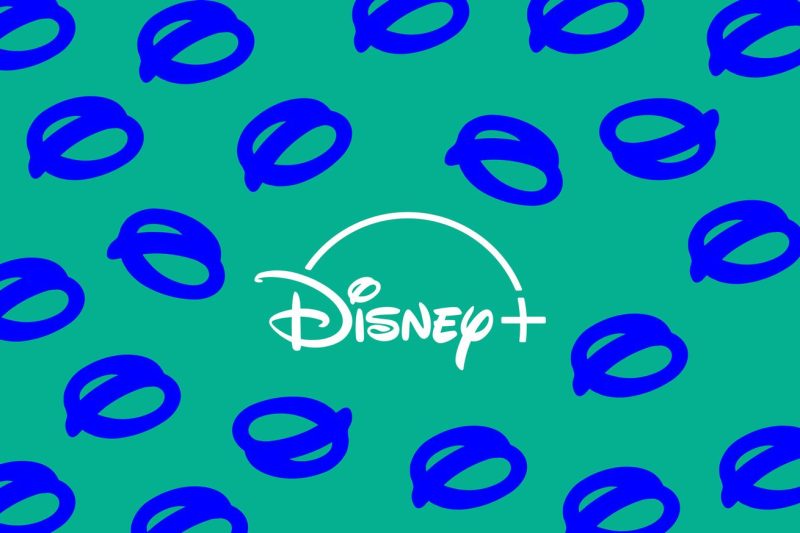The recent decision by Disney Plus and Hulu to stop allowing new subscribers to sign up through Apple devices has sparked debates among consumers and industry experts. This move marks a shift in the relationship between streaming services and tech giants like Apple, raising questions about the future of app subscription services and revenue sharing models.
One of the main reasons cited by Disney for this decision is the significant commission of 15-30% that Apple charges on in-app purchases. By cutting out Apple from the subscription process, Disney and Hulu can avoid these fees and potentially increase their revenue. This development aligns with a broader trend in the industry of content providers seeking more control over their distribution channels and monetization strategies.
While this move may benefit Disney and Hulu financially, it raises concerns about user experience and convenience. Signing up for a streaming service through an app store is often a seamless and familiar process for consumers. With this option now off the table, new subscribers will have to go directly to the streaming service’s website to sign up, which could create friction and deter some potential customers.
Moreover, this decision by Disney and Hulu could set a precedent for other streaming services to follow suit. If more providers choose to bypass Apple and other app stores for subscriptions, it could strain the relationship between content creators and platform operators, ultimately leading to a more fragmented and competitive streaming landscape.
On the other hand, this move could also prompt app stores like Apple to reevaluate their pricing structures and policies regarding in-app purchases. The pressure from streaming services looking to maximize their revenue could push app stores to offer more flexible terms or incentives to attract and retain content providers.
Overall, the decision by Disney and Hulu to stop allowing sign-ups through Apple devices signifies a strategic shift in the streaming industry. While it may benefit the companies financially in the short term, there are broader implications for user experience, industry dynamics, and the relationship between content providers and platform operators. As streaming services continue to evolve and adapt to changing market conditions, it will be interesting to see how this decision shapes the future of digital content distribution.

























